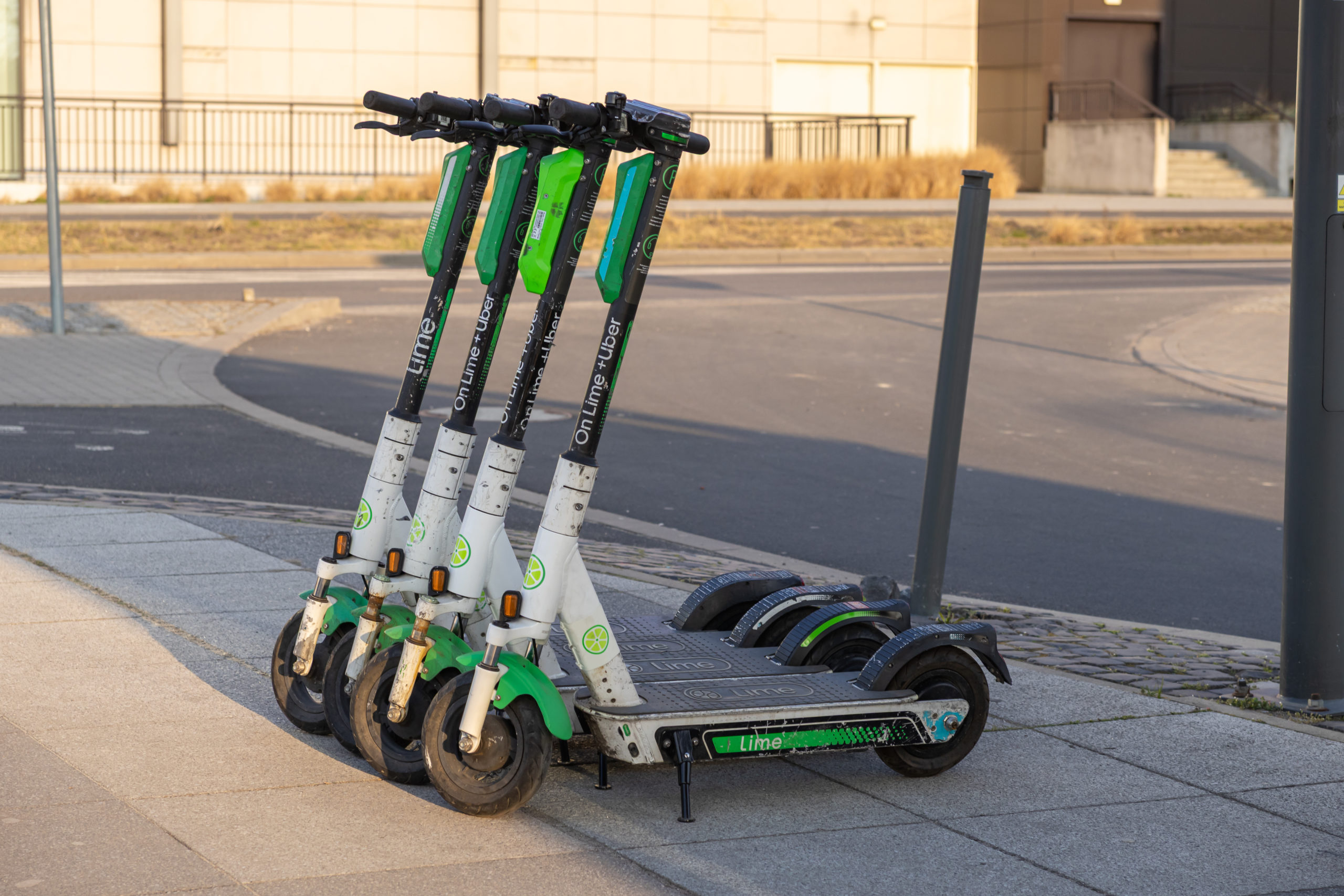Lithium One commences pumping tests at Sal de Vida lithium-potash brine project

Lithium One Inc. announced on Wednesday the commencement of a pumping test program at the Sal de Vida Lithium-Potash brine project in Argentina.
Pumping tests provide critical information on the behaviour of the aquifer and brines during the extraction process. Multi-stage pumping tests, data processing, and groundwater modeling will continue over the next several months to project the flow rates for future production wells and the ultimate well field design for extraction of the Sal de Vida brines.
Drilling has commenced on an 8-10 well construction and testing program, which will provide detailed data on the brine aquifer, including aquifer response to pumping. As the water table is drawn down in the pumping well and the monitoring wells, hydrologists will collect the data used to calculate the rate at which brine moves through the aquifer. Short and long term pumping tests will be conducted in several areas of the resource to help build a large-scale hydrologic model, which will be used to model the brine resource over a long-term production scenario.
Lithium One CEO, Paul Matysek commented, “TheSal de Vida project continues to exceed our expectations in all aspects, including chemistry, porosity testing, resource size and pilot plant operations. As we progress towards feasibility, pumping test data is an important constituent of our economic evaluation. We continue to see extensive near-surface brine, good porosity values and some of the highest grade lithium and potash values in the sector, so confirmation of the pumping characteristics of the Sal de Vida resource will further demonstrate the project’s economic potential.”
The first phase of pumping test program will consist of construction of 6- and 8-inch diameter pumping wells, which will be located in close proximity to existing exploration core holes. The core holes have already been prepared as observation wells for the testing. During the short-term tests, each well will be pumped over a 24-hour period while hydrologists monitor brine production, brine physical and chemical properties and water levels in both the pumped well and adjacent observation wells. After cessation of pumping, monitoring will continue as aquifer water levels recover.
A second phase of long-term (30 day) pumping tests will follow, based on the results of this program. The long-term tests will provide additional key aquifer hydraulic information required for confident hydrologic modeling. Test results will comprise a critical component of the overall project feasibility and will assist in design of the brine production well field.
Project Development Update
Resource(i) Expansion/Upgrading: The 18th hole of a planned 30-hole diamond drill program is underway. Drilling includes both step-out holes to test new areas and infill drilling to upgrade the resource category. The last four holes have constituted the first drill test of the North Basin, an isolated sub-basin that was not included in the initial resource and is known from surface sampling to contain high grade lithium and potash brine.
Pilot Plant Process Refinement: The pilot-scale evaporation circuit and processing plant continues its 12-month testing program, including regular harvests of lithium carbonate and potash. The products are being refined and purified. Hazen Research Inc. has developed a boron removal protocol on the final stage lithium brine. In addition, Salta University has been selected to complete bench-scale flotation tests to upgrade the potash recovered from the pilot ponds.
Qualified Person:
Content of this news release has been read and approved by Mr. Michael Rosko of E.L. Montgomery and Associates. Mr. Rosko is a Registered Geologist in Arizona, California, and Texas and a qualified person (QP) as defined in NI 43-101.
About Lithium One:
Lithium One Inc. is positioned to be a next-generation low cost producer of lithium and potash. The Company has two major projects funded through feasibility by earn-in partners: the Sal de Vida lithium and potash brine project in Argentina, and the James Bay bulk tonnage spodumene project in Quebec. The Sal de Vida project is one of the largest and the highest-grade lithium and potash brine projects in the world, with an NI 43-101 inferred resource1 of 5.4 Mt Lithium Carbonate equivalent and 21 Mt potassium chloride equivalent. KORES, LG International and GS Caltex are earning a maximum 30% project equity in Sal de Vida by funding the definitive feasibility study expected in less than twelve months, and providing an off-take agreement for up to 50% of the lithium production. Galaxy Resources is earning a maximum 70% project equity in the James Bay Project through an earn-in agreement that includes delivery of a definitive feasibility study by early 2013. The Company’s strategy is to draw upon its quality team and employ best practice to develop its projects into leading suppliers of low-cost, high quality lithium products to the global market.
For more on the company click here.
Image of a fresh brine pit at Sal de Vida courtesy of the company.
{{ commodity.name }}
{{ post.title }}
{{ post.date }}



Comments